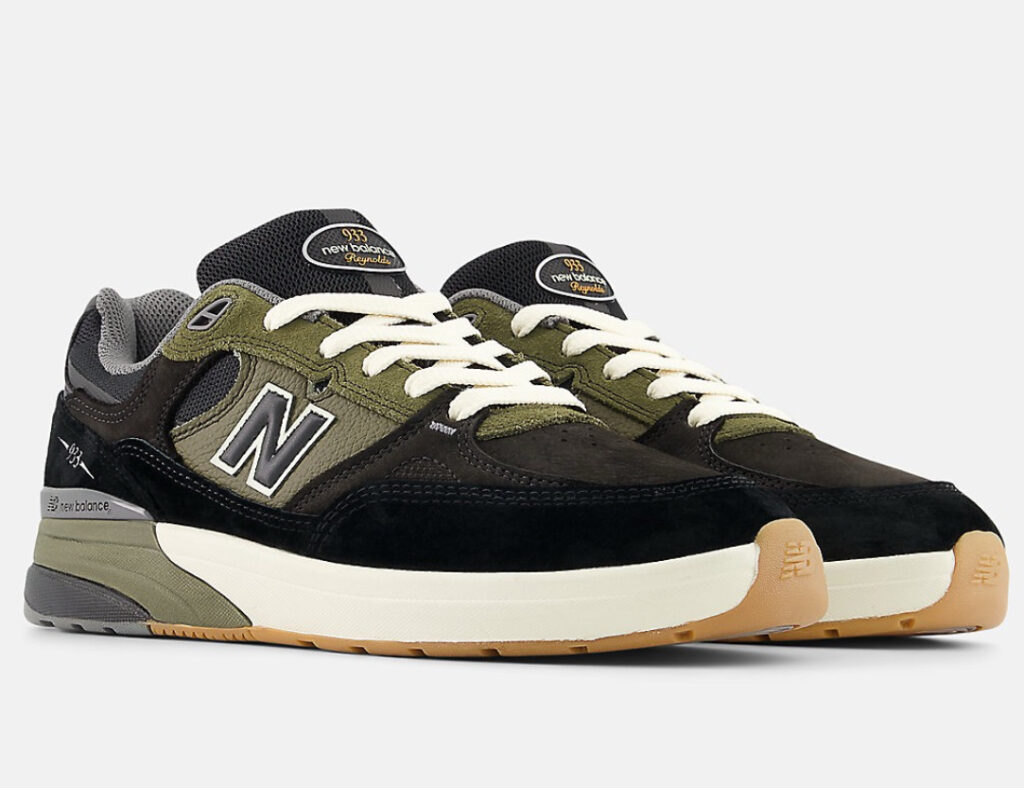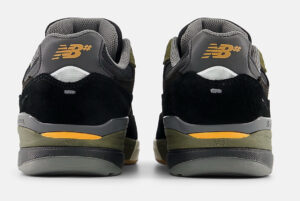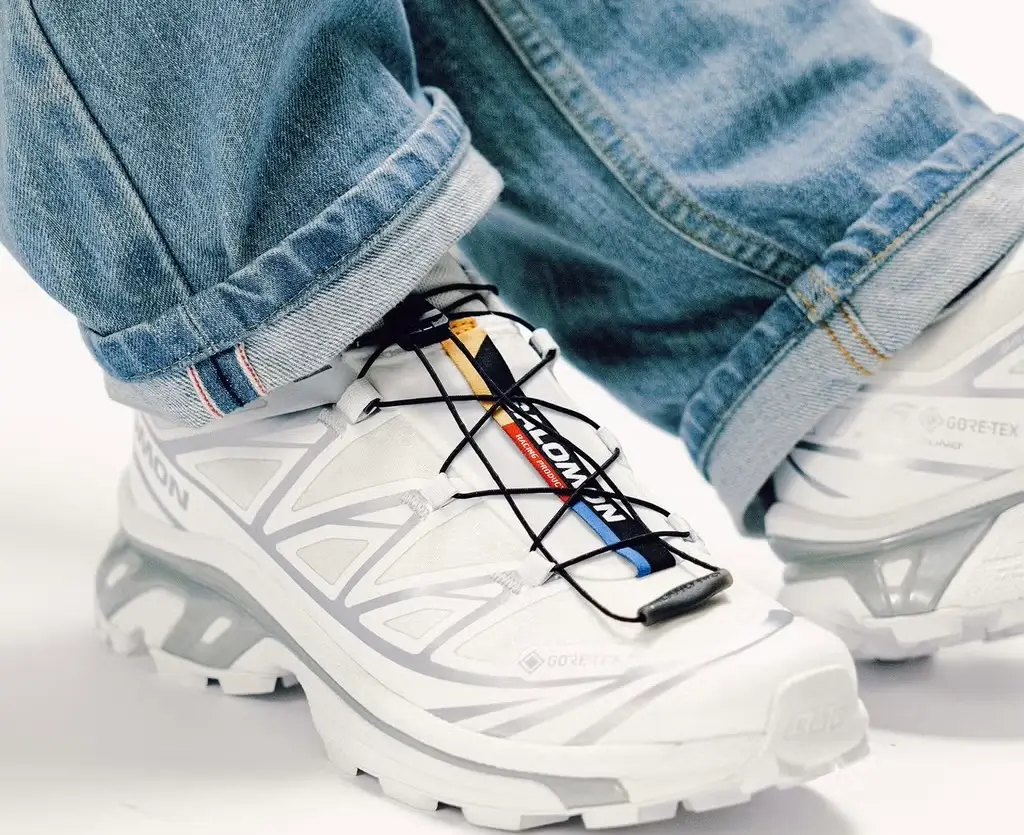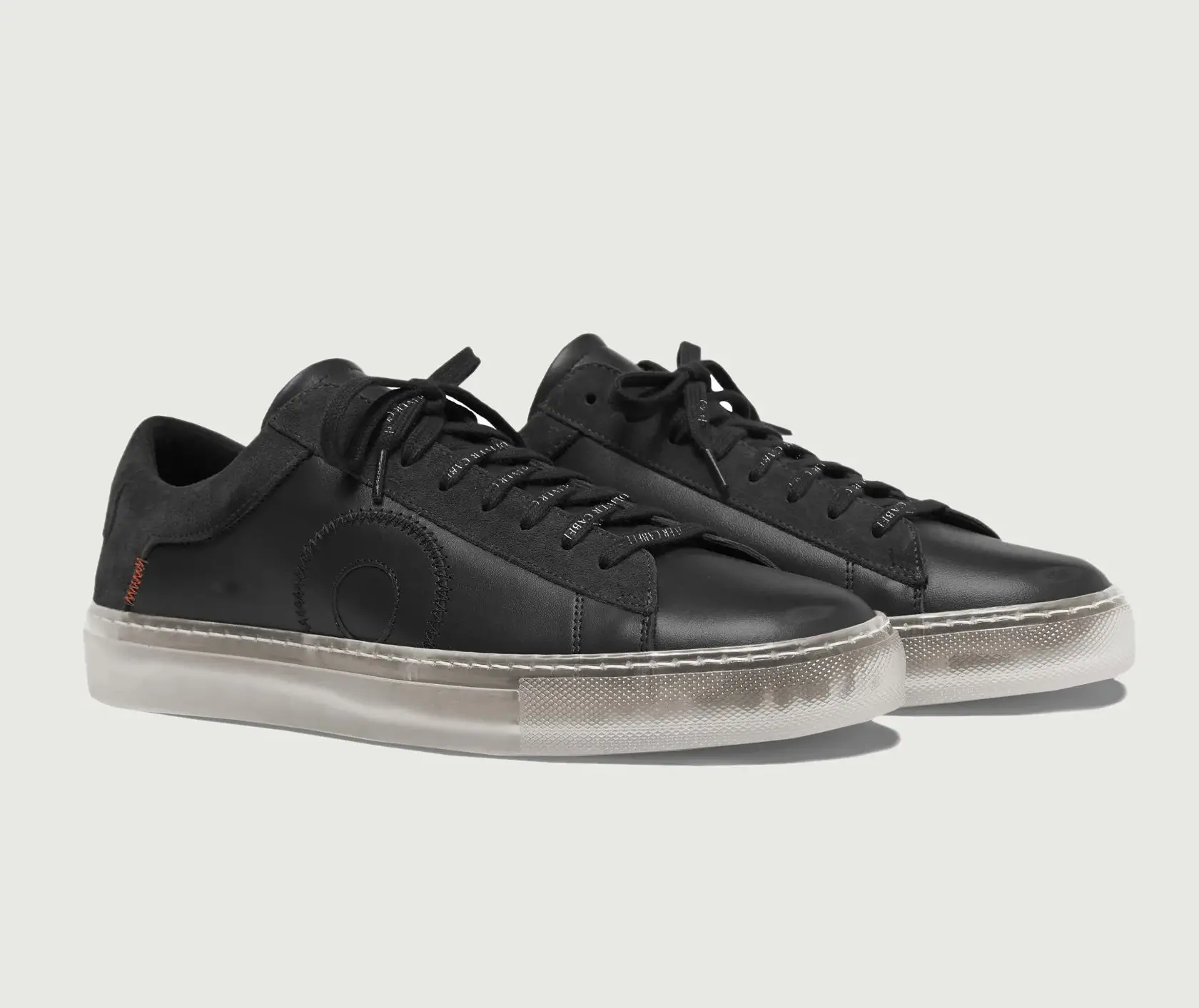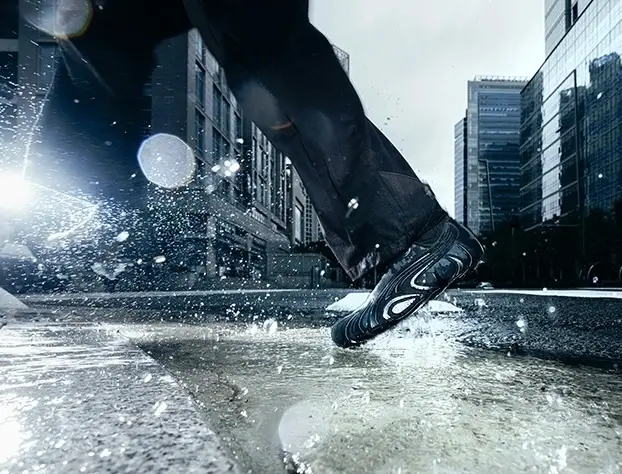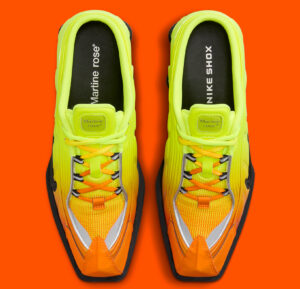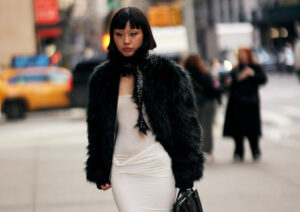In the late 1990s and early 2000s, skate culture was raw, unfiltered, and unapologetically rebellious. At its core was a generation of skaters who defined the aesthetic—baggy jeans, DIY footage, and shoes that could take a beating. Among those shoes, few resonated more deeply than the Numeric Andrew Reynolds 933.
Originally released by Numeric (a sub-label under DC Shoes) in collaboration with Andrew Reynolds, founder of Baker Skateboards, the 933 wasn’t just another pro model—it was a statement. Clean. Rugged. Functional. And worn to death in skate parks and streets around the world.
Fast-forward to today, the Numeric 933 is enjoying a resurgence. As skate nostalgia peaks and vintage models make their way into fashion archives and resale markets, the 933’s cult status is being reaffirmed. This retrospective explores its origin, design, cultural weight, and the reasons it’s once again being laced up by old-school heads and new-gen skaters alike.
The Birth of the Numeric 933: Reynolds’ Vision in Shoe Form
By the time the 933 dropped, Andrew Reynolds was already more than a skate prodigy. Known for his crisp technique and massive pop, he embodied what street skating looked like at the turn of the millennium. With Baker Skateboards gaining cult status, a signature shoe was inevitable.
Numeric wanted a design that could handle Reynolds’ heavy-hitting style but also appeal to skaters who didn’t want loud, overbranded shoes. The result was a low-top vulcanized silhouette with rugged features:
- Double-stitched toe caps for flick resistance.
- Suede/mesh upper for breathability without sacrificing strength.
- Thick rubber outsole for maximum grip.
- Hidden lace loops to reduce wear from grip tape.
The Numeric 933 was born not out of trend-chasing, but necessity. Reynolds needed something that worked—and looked good doing it.
“It had to survive session after session, but still look clean if I was heading out after. That’s what the 933 did.”
—Andrew Reynolds, interview (2003)
What Made It a Skateboarding Staple?
Performance That Matched the Streets
Skaters are notoriously tough on gear. What separates a cult shoe from a flop is durability—and the 933 delivered. Its vulcanized sole gave excellent board feel, allowing skaters to control flips and landings with precision. The toe caps held up, resisting the tearing that plagued less thought-out designs.
But it wasn’t just performance. The comfort factor mattered too. The 933’s padded collar and tongue added cushion without making the shoe feel bulky, striking a rare balance in an era that saw a lot of extremes—either overbuilt tanks or minimalist slip-ons.
Aesthetic Simplicity: The Anti-Hype Shoe
In contrast to the loud graphics and oversized branding of other skate shoes, the 933 kept it low-key. Solid colorways (black, white, gray, navy) with minimalist logos made it versatile on and off the board.
It wasn’t trying to be a fashion shoe. And that’s exactly why it became one.
“It was the anti-fashion fashion shoe. You could rock it with Dickies or denim and not feel like a walking logo.”
—Erik Ellington, former Baker pro
A Cross-Over Moment in Early Streetwear
The 933 gained traction outside of skating, too. It showed up in skate videos, underground streetwear circles, and even music videos. Back when connections weren’t the norm, the 933 stood on its own reputation.
It didn’t need hype—it had credibility.
The Fade-Out: Why the 933 Disappeared
No classic is immune to changing trends. By the mid-2000s, skate footwear shifted dramatically. Brands like Nike SB and Adidas Skateboarding came in heavy with tech-forward designs, puffed-up tongues, and athletic aesthetics.
Meanwhile, Andrew Reynolds had moved on from Numeric, eventually designing models with Etnies, Emerica, and Vans. Each new release built on the legacy of the 933, but by then, it was clear: the original had quietly left the shelves.
Numeric, as a label, never gained the mainstream traction DC hoped for. By 2008, the 933 was gone.
The 2020s Comeback: Vintage Skate Gear Is In
Skate culture is cyclical. And as Y2K fashion dominates TikTok and Instagram, the 933 has found new life among collectors and fashion enthusiasts alike. Vintage pairs of the 933 have popped up on resale platforms like Grailed and eBay—sometimes listed at $200+ in deadstock condition.
The renewed interest isn’t just about the shoe—it’s about the era it represents.
Minimalism Feels Fresh Again
In a world full of collabs, colorways, and maximalist sneaker drops, the Numeric 933’s unbranded integrity feels radical. Today’s skaters and sneakerheads are starting to crave simplicity with soul. And the 933 delivers just that.
Could It Return?
So far, there’s been no official reissue. Numeric’s brand has faded, and Andrew Reynolds is now affiliated with Vans, which complicates any retro release.
Still, the demand is loud enough that a revival isn’t impossible—if not officially, then perhaps through reinterpretation.
Flow
The Numeric 933 didn’t change the shoe game with technology or marketing stunts. It earned its place through consistency, functionality, and unpretentious design. It was a skate shoe, through and through—no hype required.
And in that, it became a symbol of a generation of skaters who built empires from scratch, filmed their own videos, made their own companies, and skated hard every single day.
No comments yet.

